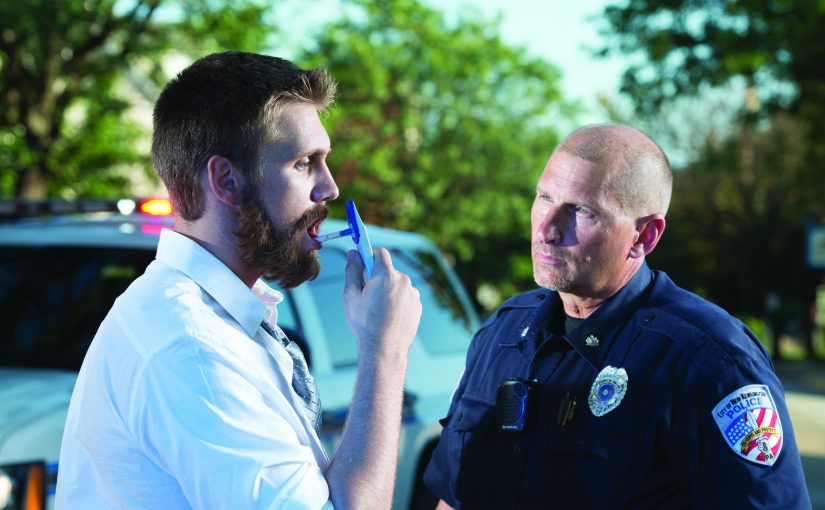
Law enforcement, traffic safety professionals, criminal justice professionals, and social advocates have worked together to address alcohol-impaired driving, for decades, dramatically reducing its prevalence and saving tens of thousands of lives. Unfortunately, far less time and resources have been devoted to an equally significant and related problem: driving under the influence of drugs (DUID). In fact, the National Highway Traffic Safety Administration (NHTSA) did not test biological samples from drivers for drugs during the National Roadside Survey (NRS) until 2007 when data showed that 16.3 percent of weekend nighttime drivers tested positive for drugs; marijuana accounted for almost half of the positives. To put this in perspective, 12.4 percent of weekend nighttime drivers tested positive for alcohol, and less than 2.2 percent of weekend drivers tested above the legal limit (0.08) for alcohol. Further, the results showed a 97 percent agreement between blood and oral fluid when collected simultaneously and tested for drugs, indicating that oral fluid is a viable alternative to blood for the detection of drugs in drivers.
Many outside the enforcement community were surprised to learn that drug-impaired driving was as much of a problem as alcohol-impaired driving; however, the real surprise came in the most recent data. In the 2013–2014 NHTSA survey, 22.5 percent of weekend nighttime drivers tested positive for drugs, while only 8.3 percent tested positive for alcohol (1.5 percent were above the legal limit). As one would expect, an increasing prevalence of drugged driving is likely to cost lives. The number of drivers involved in fatal motor vehicle crashes who tested positive for drugs increased from 28 percent in 2005 to an astounding 32 percent in 2012. These trends are not surprising for two reasons. First, the U.S. population is aging and becoming more dependent on potentially impairing prescription medications. Second, more states have legalized cannabis for medical or recreational purposes. A recent NHTSA report indicated that the prevalence of marijuana in drivers in Washington State increased significantly since the implementation of legal retail marijuana sales in 2014. In daytime, when children and the elderly are more likely to be outside, the rate of THC identification in drivers almost doubled from 7.8 percent prior to cannabis legalization to 18.9 percent one year after legalization. The prevalence in nighttime drivers also increased (17.5 percent to 22.2 percent), but this was not considered statistically significant.


